The pictographs below are exact tracings by me of the pictographs
on the Phaistos Disk. Apparently, I am the only person to ever go to the trouble to do this. Before I began working on the
disk I traced each pictograph because the only other pictograph images I could find were Sir Arthur Evans'
freehand drawings of the pictographs, which obviously he did in a hurry. But Evans did not have the advantage
of a copy machine as I did, nor did the artist of the Disk who etched each one individually into the Disk before the clay dried.
I duplicated each pictograph tracing times the number of times it appears on the
Phaistos Disk and then I taped each one onto my tracing of the disk spirals, to pinpoint their exact locations.
Because each repeated pictograph on the Phaistos Disk was intended to appear exactly identical,
the only way to exactly duplicate the disk is by using a copy machine to duplicate each pictograph.
I include Evans' pictograph drawings to the left of each one that I traced.
These are pictographs, not hieroglyphs. Sir Arthur Evans makes the case for Cretan pictographs in his book Cretan Pictographs and Prae-Phoenician Script. I read it thoroughly; I highly recommend it.
I would add to it that I think many of the pictographs are abbreviations for the constellations (Arktypes, Ships/Arks of the Sky).
Phaistos Disk with Pictographs and Line Segments numbered
Exact Tracings With Suggested Definitions, Including Their Number of Occurrences and their Position on the Phaistos Disk
Position = location of the sign on the disk; Segment = the line segment in which the sign occurs. Both are relative to the center of the disk spiraling
out. A = Side 1, B = Side 2.
4  Flower, Sun, Life, Island of Crete, Heliacal rising of Sirius
Similar to this 8-petal flower is center the wave spirals on a Minoan ceiling, and the Queen's Bathroom, Palace at Knossos and (below) 8-petal Flower of Life guarded by god Horus (death) and goddess Mut (life) on Egyptian limestone relief (with Disk pictograph Falcon/Hawk on the perch)
 Horus, Mut, three stars Sirius (Side 1, Disk)
Horus, Mut, three stars Sirius (Side 1, Disk)
3A--Position - 1, 13, 76; Segment - 1, 4, 19; 1B--Position - 72; Segment - 19, Geometric Point
|
2

Man with Shaved Head and figure 8 tattoo, Daedalus, Priest,
Astronomer-Priest, Sailor
2A--Position - 2, 14; Segment - 1, 4, Connect for Straight Line
|
4

Oar of the Argo, Thoth's Feather, 3 Stars in Argo that make the Oar,
Aspidiske and Markeb
4A--Position - 3, 15, 45, 70; Segment - 1, 4, 12, 18, Connect for Quadrilateral
|
11
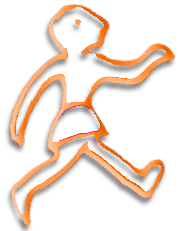
Evans gave his runner a little something extra, Constellation Herakles/Hercules
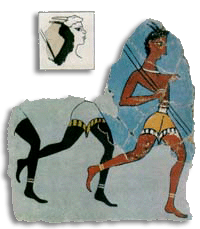 Runner Mural, Knossos Runner Mural, Knossos
6A--Position - 4, 19, 41, 66, 84, 118; Segment - 2, 6, 11, 17, 20, 30; Connect for Polygons, 5B--Position - 51, 60, 71, 88, 94; Segment - 14, 16, 19, 23, 24
 Constellation Taurus (see bottom of this page), drawn by connecting the 11 "Walker" pictographs, 6 side A and 5 side B. Where are these runners going?
Constellation Taurus (see bottom of this page), drawn by connecting the 11 "Walker" pictographs, 6 side A and 5 side B. Where are these runners going?
|
6

Evans really modified this pictograph. Spindle, phallas of Osiris chewed by Sharpsnout Fish
3A--Position - 5, 20, 119; Segment - 2, 6, 30, Connect for Acute Triangle. 3B; Position - 44, 89, 95; Segment - 12, 23, 24, Connect for Isosceles Triangle
|
2 
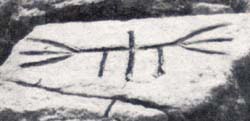 Minoan Pictograph Minoan Pictograph
Maze, Tool, Ziggurat symbol meaning "Home of the God"
2A--Position - 6, 55; Segment - 3, 15, Connect for Straight Line
|
4

Evans must have thought this
pictograph was a papyrus.Thistle or Thyrsi carried in the Festival of Dionysus
2A--Position - 7, 56; Segment - 3, 15; Straight Line, 2B--Position - 85, 109; Segment - 22, 28, Connect for Diameter
 Diameter Diameter
|
11 
Five-Branched Tree, a part of Isis-Osiris myth
5A--Position - 8, 16, 57, 85, 90; Segment - 3, 5, 15, 21, 22; Connect for Irregular Pentagon, 6B--Position - 9, 29, 58, 66, 79, 111; Segment - 3, 8, 15, 18, 21, 29, Connect for Polygon
|
15

Fleece, Goat skin, Golden Fleece
10A--Position - 9, 10, 30, 34, 47, 58, 59, 72, 99, 103; Segment - 3, 3, 9, 9, 12, 15, 15, 18, 24, 25; Connect for Great Pyramid Interior, 5B--Position - 35, 52, 74, 104, 114; Segment - 9, 14, 19, 27, 29; Connect for Polygon
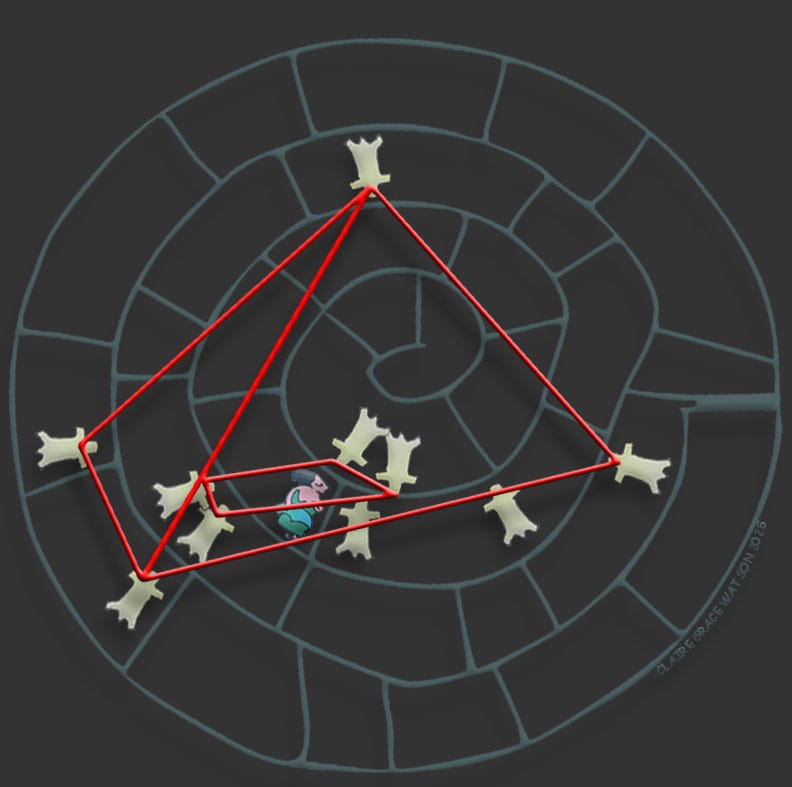 Great Pyramid Interior
Great Pyramid Interior
|
16

Evans did not copy the shield to
the hexagonal pattern. Shield with Hexagon
15A--Position - 11, 21, 23, 35, 39, 51, 60, 64, 79, 88, 95, 100, 114, 120; Segment - 3, 6, 7, 9, 10, 13, 15, 16, 19, 21, 23, 25, 29, 30; Connect for Star Sirius and the 7 Planets, Heliacal Rising of Sirius, Pentagram, Heptagram, Heptagon, 2B--Position - 100, 118; Segment - 26, 30; Connect for Straight Line
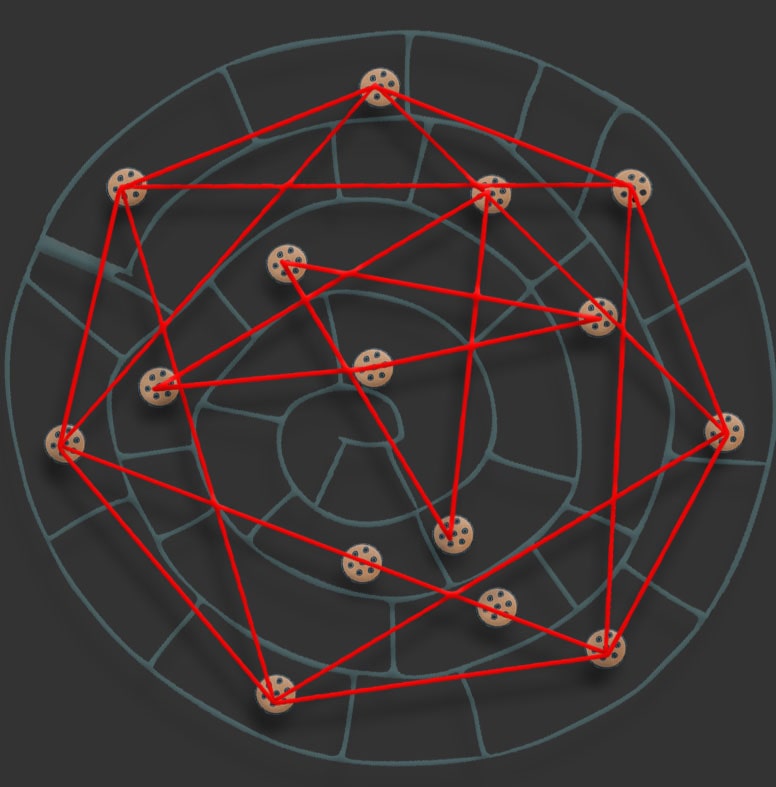 Star Sirius and 7 Planets, Heliacal Rising of Sirius
Star Sirius and 7 Planets, Heliacal Rising of Sirius |
19

Minyae, Warrior, Crested Dancer, Cave of Zeus, Warriors Patrolling the Perimeter
14A--Position - 12, 22, 36, 40, 48, 52, 61, 65, 73, 80, 89, 96, 107, 121; Segment - 3, 6, 9, 10, 12, 13, 15, 16, 18, 19, 21, 23, 26, 30; Connect for Nested Geometry, 5B--Position - 11, 54, 78, 110, 119; Segment - 3, 14, 20, 28, 30; Connect for Polygon
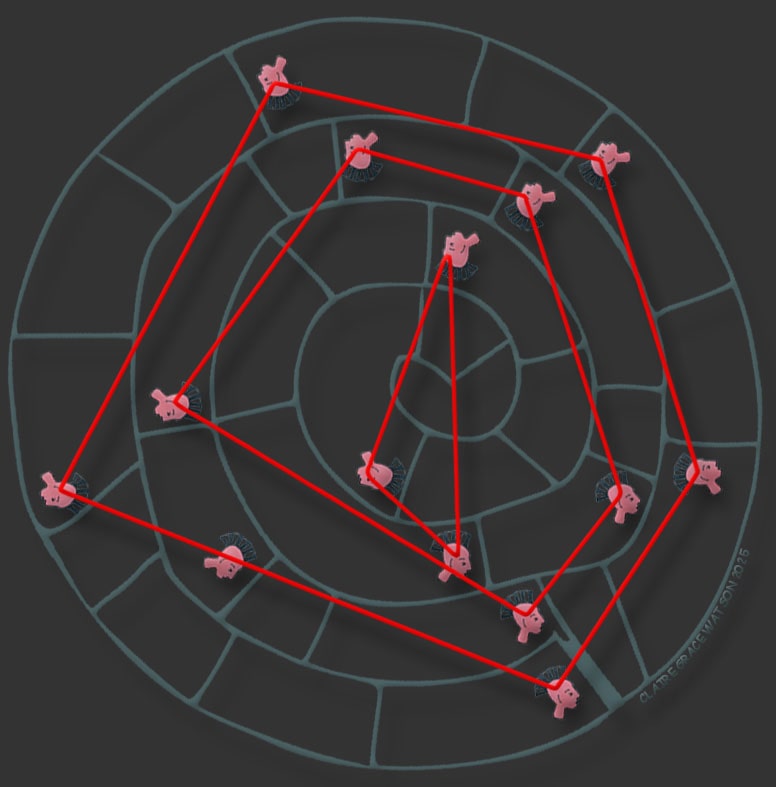 Warriors at the Perimeter Warriors at the Perimeter
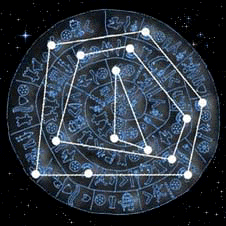 Disk is spinning clockwise but center triangle appears to spin counterclockwise, a wagon wheel illusion Disk is spinning clockwise but center triangle appears to spin counterclockwise, a wagon wheel illusion
|
3

Evans may have seen this as the intersection of a road. Adjacent Angle, Carpenter's Tool
3A--Position - 17, 26, 86; Segment - 5, 8, 21; Connect for Obtuse Triangle
|
9

Pillar, Tool, Awl, Telescope
5A--Position - 18, 44, 53, 69, 77; Segment - 5, 12, 14, 18, 19; Connect for Quadrilateral, 4B--Position - 4, 24, 98, 108; Segment - 2, 6, 25, 28; Connect for Obtuse Triangle
|
6

Constellation Capricorn, Horn, Serpent's Tail
5A--Position - 24, 37, 49, 62, 91; Segment - 7, 10, 13, 16, 22; Connect for Quadrilateral, 1B--Position - 77; Segment - 20; Geometric Point
|
5

Constellation Aquila, Winged Disk, Vulture, Hawk Flying with the Bone of Horus in its Claws
5A--Position - 25, 38, 50, 63, 92; Segment - 7, 10, 13, 16, 22; Connect for Quadrilateral
|
1

Did Evans think this is a UFO? Hill, Hat
1A--Position - 27; Segment - 8; Geometric Point
|
12

Evans may have used a straight edge to
draw this pictograph. Pyramid, Carpenter's Square
6A--Position - 28, 31, 43, 68, 93, 117; Segment - 8, 9, 12, 18, 23, 30; Connect for Great Pyramid Exterior, 6B--Position - 13, 23, 30, 63, 87, 97; Segment - 4, 6, 8, 17, 23, 25; Connect for Irregular Pentagon
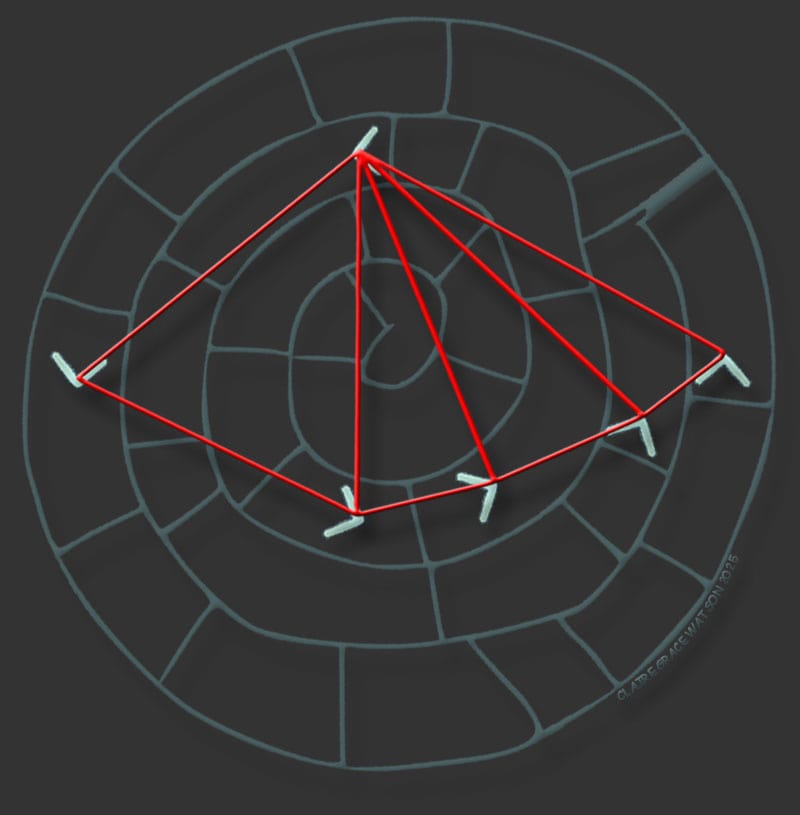 Great Pyramid Exterior
Great Pyramid Exterior
|
4

Nurse, Goddess Rhea, Isis Nursing Diktys
2A--Position - 29, 94; Segment - 8, 23; Connect for Straight Line 2B--Position - 10, 59; Segment - 3, 15; Connect for Straight Line; Together Rhea's Veil
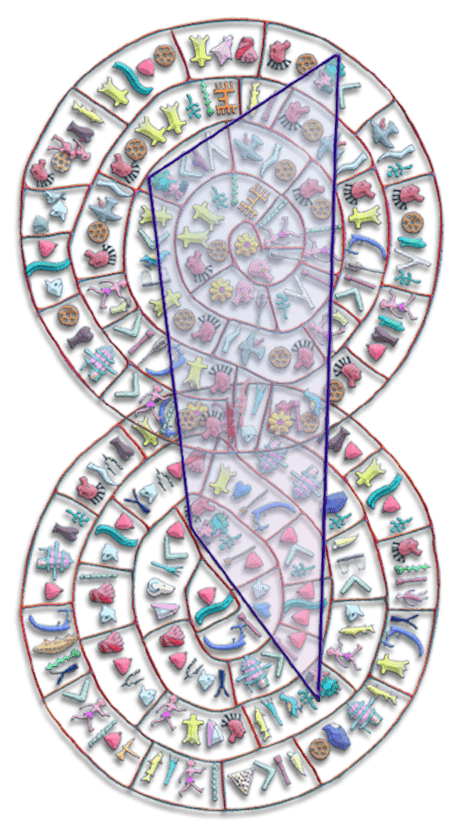 Rhea's Veil Rhea's Veil
|
3

Constellation Corvus, Falcon on the Perch, Horus
2A--Position - 32, 78; Segment - 9, 19; Connect for Straight Line, 1B--Position - 57; Segment - 15; Geometric Point
|
2

A yoke at the least, but it seems
Evans saw breasts. Astronomy Glasses, Binoculars
1A--Position - 33; Segment - 9; Geometric Point, 1B--Position - 64; Segment - 17: Connect for Geometric Point
|
2

Evans perhaps recognized it as a bull's foot but drew it facing the wrong way. Constellation Taurus, Bull's Foot, Minotaur, the God with the Bull's Foot, Osiris
Bull's Foot
2A--Position - 42, 67; Segment - 11, 17; Connect for Straight Line
|
7

Constellation Argo, Skiff, Skiff of Isis
2A--Position - 46, 71; Segment - 12, 18; Connect for Straight Line, 5B--Position - 3, 32, 73, 83, 105; Segment - 2, 9, 19, 22, 27; Connect for Quadrilateral
|
6

Evans drew this as a Sawfish.
Constellation Pisces, Sharp-Snout Fish, ate the phallus of Osiris
2A--Position - 54, 104; Segment - 14, 26; Connect for Straight Line, 4B--Position - 55, 61, 92, 103; Segment - 15, 16, 24, 26; Connect for Quadrilateral
|
1

Evans apparently
identified this pictograph as a bow. Constellation Cancer, Nile Crab that ate the phallus of Osiris
1A--Position - 74; Segment - 18B (Side A overlap); Geometric Point
|
4

Evans modified this pictograph to a type of trident.
Grass
1A--Position - 75; Segment - 18B (Side A overlap); Geometric Point, 3B--Position - 14, 56, 93; Segment - 4, 15, 24; Connect for Scalene Triangle
|
18

Evans perhaps saw this pictograph as a woman's breast. Pomegranate/Star, Honey Pot
3A--Position - 81, 101, 111; Segment - 20, 25, 28; Connect for Triangle, 15B--Position--1,7,12,18,25,26,28,31,37,41,48,82,90,112,115; Segment - 1, 3, 4, 5, 6, 7, 7, 8, 10, 11, 13, 21, 23, 29, 30; Connect for Constellation Argo
 Constellation Argo
Constellation Argo
|
6

Egyptian Coffin Chest, Daedalus, Wings of Icarus
3A--Position - 82,105,115, Segment - 20,26,29; Connect for Right Triangle, 3B--Position - 75, 80, 116; Segment - 20, 21, 30; Connect for Obtuse Triangle
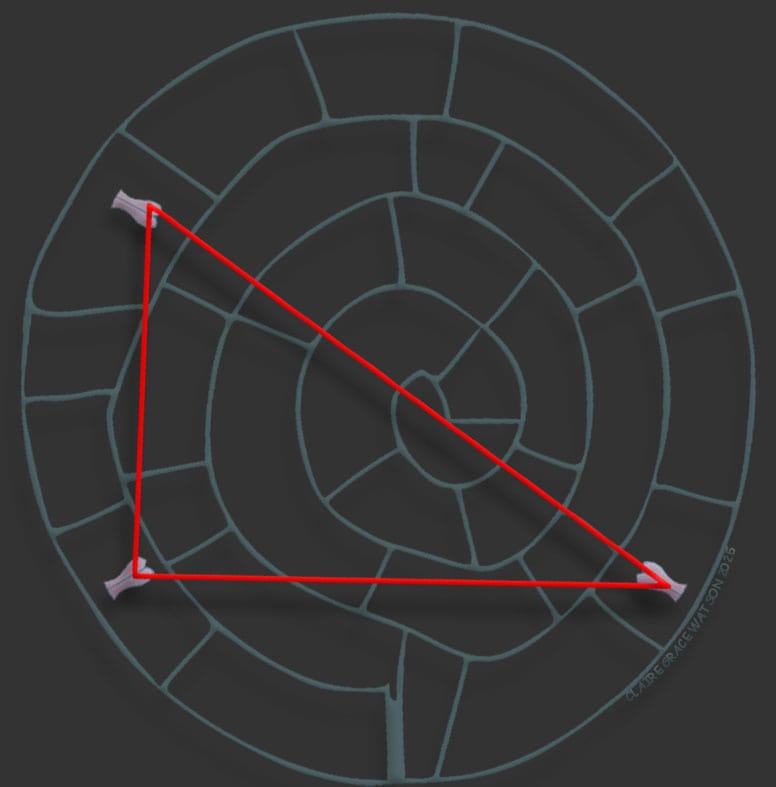 Right Triangle Right Triangle
|
2

Roll-Up, Amphora
2A--Position - 83, 85,
Segment - 20, 21, Connect for Straight Line
|
5

Hand Wrap, Glove, Dactyloi (Five Fingers - Cretan)
1A--Position - 97; Segment - 24; Connect for Geometric Point, 4B--Position - 17, 36, 45, 47; Segment - 5, 10, 12, 13; Connect for Cone
|
1

Stylized Pig
1A--Position - 98; Segment - 24; Geometric Point
|
6

Water Wave, Nile River, Aegean
2A--Position - 102, 112; Segment - 25, 28; Connect for Straight Line, 4B--Position - 2, 27, 42, 113; Segment - 1, 7, 11, 29, Connect for Quadrilateral
|
1
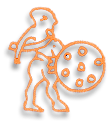
Evans removed the shield this warrior is holding and portrayed him as a captive instead. Very early concept of Zeus
, Constellation Orion, Could be the signature of the artist of the disk, whose name might mean "Hand Shield," like King Pacal
of the Maya
1A--Position - 106; Segment - 26; Geometric Point
|
1
Evans omitted this pictograph.Constellation Canis Major, Dog Scratching
1A--Position - 108; Segment - 27; Geometric Point
|
10

Constellation Leo, Dog, Lion, Goddess
2A--Position - 109, 113; Segment - 27, 28; Connect for Straight Line, 8B--Position - 6, 20, 39, 43, 46, 50, 62, 70, Segment - 2, 5, 10, 11,12,13, 16, 18; Polygon
|
1
Evans did not notice the difference between these dogs, all of them with mouth closed except the second one with mouth open as though barking, Dog Barking anmation
2A--Position - 110; Segment - 27; Geometric Point
|
6 
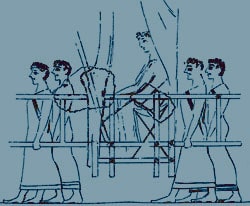 Minoan palanquin, Knossos Fresco Minoan palanquin, Knossos Fresco
Evans gave the second level four sections instead of three. Palanquin, Pasiphae's Bed?
1A--Position - 116; Segment - 29; Geometric Point,
5B--Position - 22, 68, 69, 81, 102; Segment - 6, 18, 18, 21, 26; Connect for Polygon
|
2 
Evans seemed to think this pictograph is a bug. Ant, Bug
2B--Position - 5, 34; Segment - 2, 9; Connect for Straight Line
|
2
Evans omitted this pictograph.
Hoe, Tool, Sweep of Osiris
2B--Position - 8, 33; Segment - 3, 9; Connect for Straight Line
|
1

Evans gave the ram an ear and
omitted the nose. Constellation Aries, Ram
1B--Position - 15; Segment - 4; Geometric Point
|
2 
Sacred Cave Entrance, Hoodwink of a Priest's Robe, Initiate
2B--Position - 16, 53; Segment - 4, 14; Connect for Straight Line
|
4 
Evans saw this pictograph as an olive branch. Plant, Grass
4B--Position - 19, 38, 49, 76; Segment - 5, 10, 13, 20; Connect for Rectangle
|
5 
Tool, Gauge
5B--Position - 21, 40, 86, 106, 117; Segment - 5, 10, 22, 27, 30; Connect for Great Pyramid Apex, Base, Two Sides
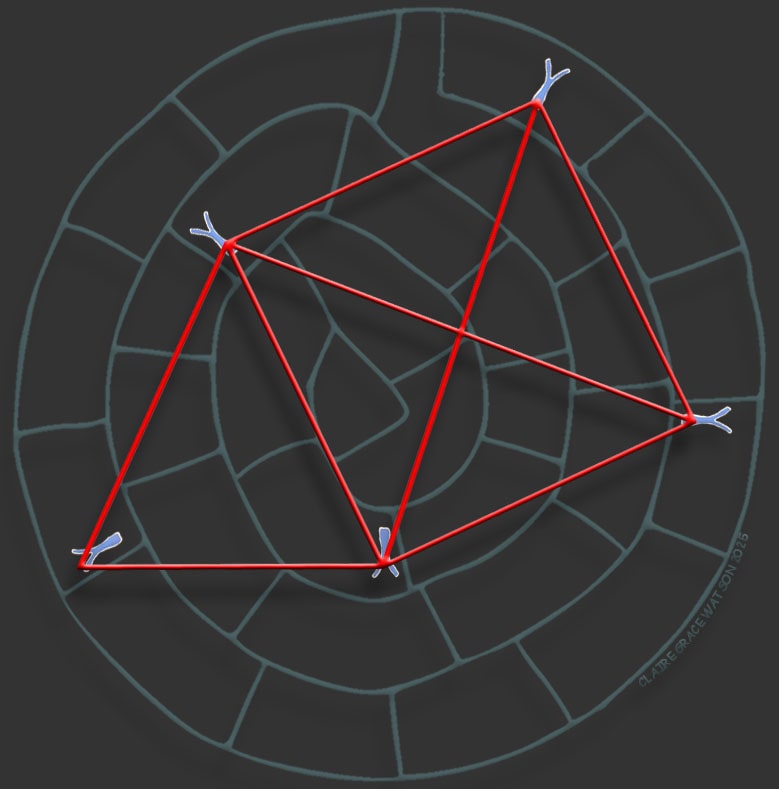 Great Pyramid Apex, Base and Two Sides Great Pyramid Apex, Base and Two Sides
|
2

Shell, Trumpet, Festival of Dionysus
2B--Position - 65, 99; Segment - 17, 25; Connect for Straight Line
|
2 
Constellation Aquarius, Vase
2B--Position - 67, 101; Segment - 18, 26; Connect for Straight Line
Connect for Straight Line
|
1

Evans did not count the 20
inside dots. Milky Way, Half Moon
1B--Position - 84; Segment - 22; Geometric Point
|
1

Axe, Tool, Typhon's Hatchet, Labrys or Labyrinth (Maze) also meant "Axe"
1B--Position - 91; Segment - 22, Geometric Point
|
1

Triangle, People inside the Great Pyramid, Volcano
1B--Position - 96; Segment - 23; Geometric Point
|
1

Constellation Gemini, Child, Daedalus, Person
1B--Position - 107; Segment - 28; Geometric Point
|
This is Constellation Taurus as it is drawn today and as it seems to be on the Phaistos Disk, revealed by connecting the eleven Walker pictographs.
 Copyright Notice - Disk of the World - Text and images copyrighted March 21, 1993-2025, Claire Grace Watson, B.A., M.S.T., U.S. Copyright and under the Digital Millennium Copyright Act of 1998, All rights reserved. No part of this web page may be reproduced or transmitted in any form or by any means without written permission from the author, except for the inclusion of brief quotations in a review.
Copyright Notice - Disk of the World - Text and images copyrighted March 21, 1993-2025, Claire Grace Watson, B.A., M.S.T., U.S. Copyright and under the Digital Millennium Copyright Act of 1998, All rights reserved. No part of this web page may be reproduced or transmitted in any form or by any means without written permission from the author, except for the inclusion of brief quotations in a review.

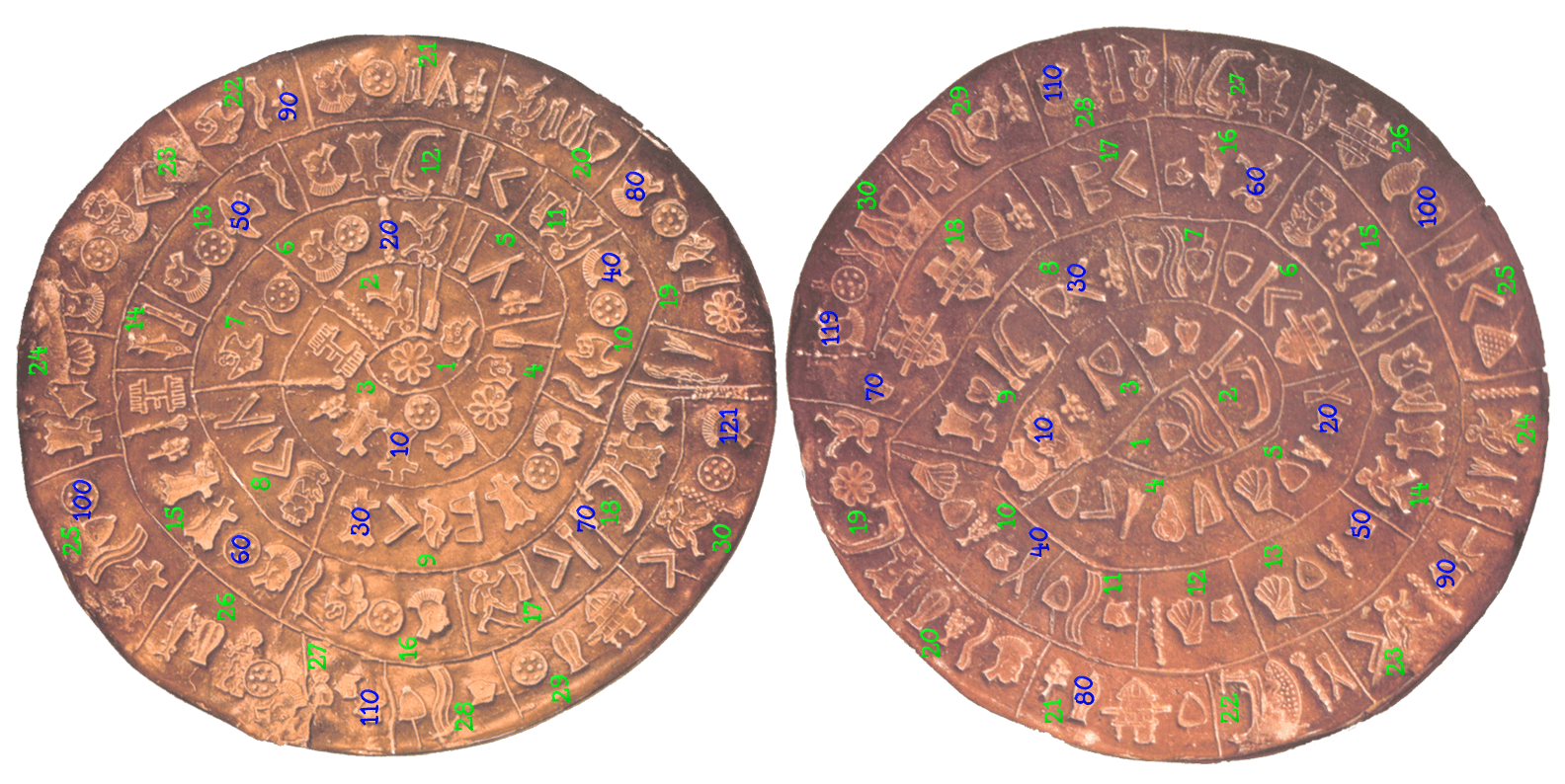 Exact Tracings With Suggested Definitions, Including Their Number of Occurrences and their Position on the Phaistos Disk
Exact Tracings With Suggested Definitions, Including Their Number of Occurrences and their Position on the Phaistos Disk



![]()
![]()
![]()



 Constellation Taurus (see bottom of this page), drawn by connecting the 11 "Walker" pictographs, 6 side A and 5 side B. Where are these runners going?
Constellation Taurus (see bottom of this page), drawn by connecting the 11 "Walker" pictographs, 6 side A and 5 side B. Where are these runners going?
![]()
![]()



![]()
![]()

![]()
![]()

![]()








![]()

![]()
![]()
![]()
![]()


![]()
![]()
![]()


![]()


![]()

![]()
![]()
![]()
![]()


![]()
![]()

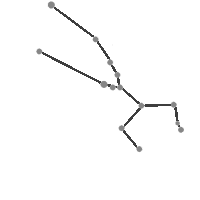
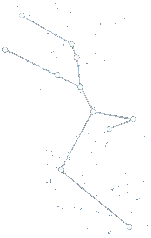
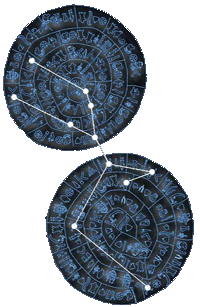










 PagemapBookmap
PagemapBookmap![]()
 Copyright Notice - Disk of the World - Text and images copyrighted March 21, 1993-2025, Claire Grace Watson, B.A., M.S.T., U.S. Copyright and under the Digital Millennium Copyright Act of 1998, All rights reserved. No part of this web page may be reproduced or transmitted in any form or by any means without written permission from the author, except for the inclusion of brief quotations in a review.
Copyright Notice - Disk of the World - Text and images copyrighted March 21, 1993-2025, Claire Grace Watson, B.A., M.S.T., U.S. Copyright and under the Digital Millennium Copyright Act of 1998, All rights reserved. No part of this web page may be reproduced or transmitted in any form or by any means without written permission from the author, except for the inclusion of brief quotations in a review.